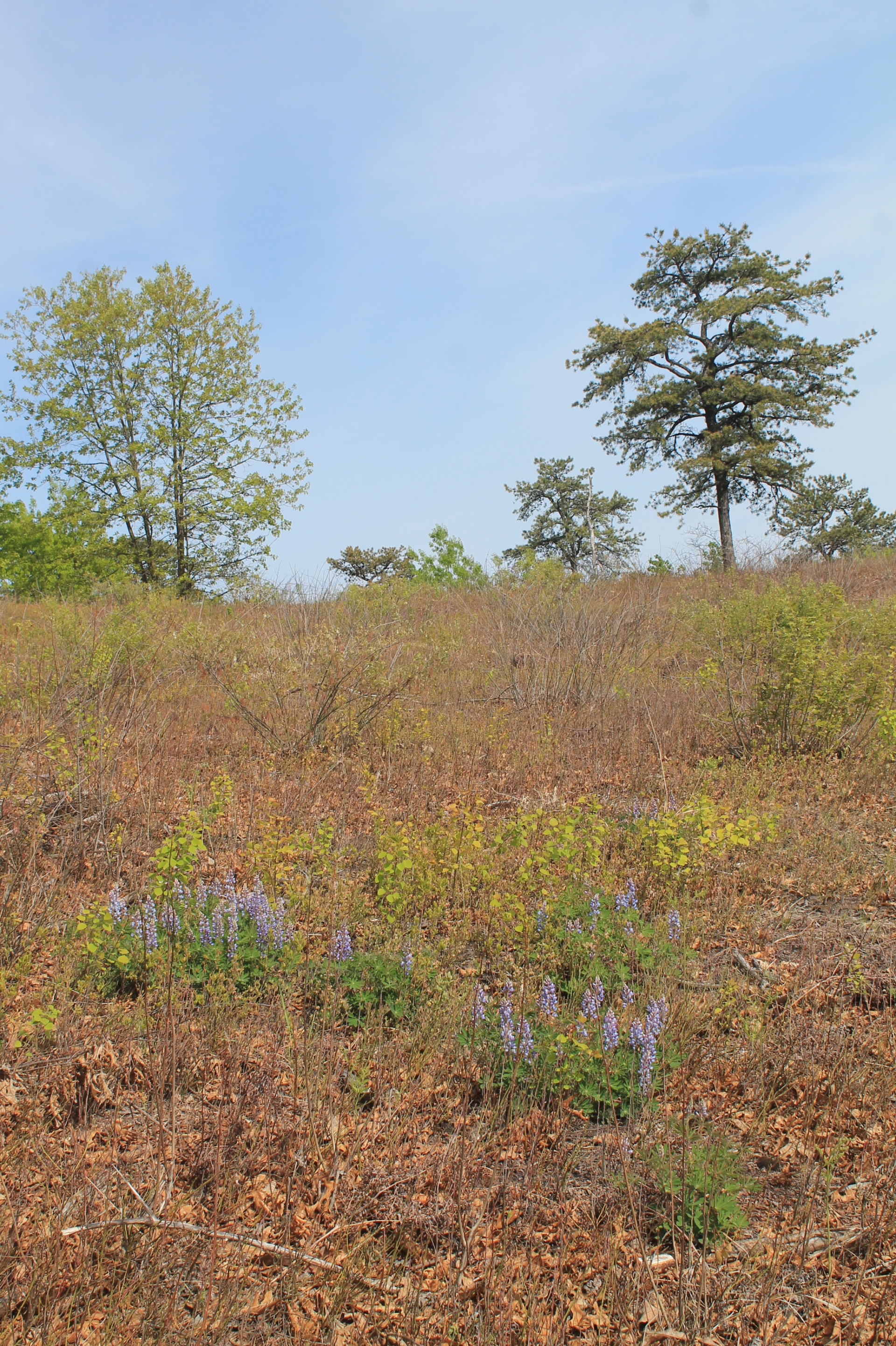by Tom Ellis
ALBANY, NY: At times speaking poetically, Albany Pine Bush Preserve Commission (commission) Conservation Director Neil Gifford spoke at length about the Karner Blue Butterfly (KBB) at the March 21 SPB dinner.
He began with a friendly joke that “It’s Lynne and Rezsin’s fault I am here tonight,” a reference to the commission being created by state government after many years of SPB advocacy and litigation to protect the local pine barrens known as the Pine Bush.
Mr. Gifford used a PowerPoint and provided much information. He said the KBB is about the size of a quarter coin and KBB like to live in savannas–where the forest meets the prairie. Increasingly, he said, the KBB live in human influenced and dominated habitats.
The KBB has “two complete but separate life cycles” each year. They live 3-5 days and travel no more than a few hundred yards from where they were hatched.
Habitat loss and fragmentation are what led to KBB losses in prior decades. Closed tree canopies also lead to KBB population declines and a lack of fires leads to the growth of closed canopies. Bad weather such as a few days of extreme heat during the short KBB lives can severely shrink KBB populations in subsequent years. KBB populations can also crash if the Blue Lupine, upon which the KBB feeds, dies before the KBB are hatched.
Wild populations of KBB now exist in three states: Wisconsin, NY, and Michigan, he said. The Albany pine barrens is the largest inland pine barrens east of the Rocky Mountains.
The KBB was listed as endangered in the Albany Pine Bush by the NYS Department of Environmental Conservation (DEC) in 1977 but it is now fully recovered said Mr. Gifford.
Mr. Gifford said that when natural fires occur, they burn in a mosaic across a landscape. Thus some KBB habitat will survive fires. “It is like a dance of fire of through time and space,” he said.
“Albany’s pine barrens,” he said, “is the best inland pine barrens in the world and is getting better.” Albany’s pine barrens is home to 76 species of “greatest conservation need.” The Pine Bush has 3300+ acres of protected lands and the commission has identified 2000 acres it hopes to add to the preserve.
He said the commission manages lands owned by three municipalities and several state agencies, the commission tries to restore land to pine barrens, and fire is the principal tool of management,
Black locust trees, he said, “completely alter” pine barrens soils, temperature, and humidity. The commission, he said, wants to destroy black locusts. Trees are cut, the roots pulled out, and new sprouts poisoned. The land is then reseeded with three pounds of blue lupine per acre and other native species. Habitat is burned frequently. “Restoration is a dynamic process over time,” he said. After ten years, scrub oaks begin growing.
The commission has removed 400+ acres of black locusts with 300 more to go, he said. The scrub oak is sometimes thinned to make room for lupine. The KBB is a savanna animal that can move into and out of shaded areas to their benefit. Some 1100 acres of aspens, he said, have been thinned allowing the pine barrens to thrive. Planted lupine does “exceptionally well” after a fire, he said.
The commission conducts controlled burns no more than 13 days per year; the fires are easier to control than where the smoke disperses. He joked the commission “ripped up a 4-acre parking lot and planted a paradise’ in 1996.
In 1997, he said there were ten acres of KBB habitat, today almost 700 acres of lupine exist.
KBB, he said, will avoid “perfect habitat” if there are few or no other KBB there. “They are a party animal,” he said; they like lots of fellow KBB to be nearby.
In recent years, the commission has “jump-started” the KBB populations. The commission colonizes each site once. KBB populations are counted on 100+ acres each year. Using a formula, the uncounted KBB populations can then be estimated.
KBB populations can fluctuate naturally and the commission’s goal is to keep their numbers well above the desired minimum each year, year after year.
Insects respond to climate, he said. “The conditions where KBB can thrive will shift north,” he said, and it is unknown if the KBB can make the shift from south of the Great Lakes to new habitats mostly north of the lakes. KBB, he said, will need human help to successfully make the jump north. The Albany pine barrens, he said, may not be suitable for KBB is 100 years; however, the Pine Bush may be able to host species then that do not now live there.
Speaking in general of the work of the commission, he said, “We use the wildlife to know if we are managing successfully.” The commission now works with social scientists to determine human attitudes toward various management practices. The Pine Bush is not a forest, the commission has been burning land since 1991, and most people will accept cutting trees in the pine bush once informed the pine barrens should not be a forest. He said Albany County residents now accept fires because they have gotten used to them are have been educated over many years why fires are done.
“The bigger the preserve of scrub oak pitch pine we can create the more successful we will be,” he said. Pine Bush visitors can now sometimes see “a karner blue cloud” of hundreds of butterflies during July.
Published in April/May 2018 Newsletter
Save the Pine Bush Newsletter
